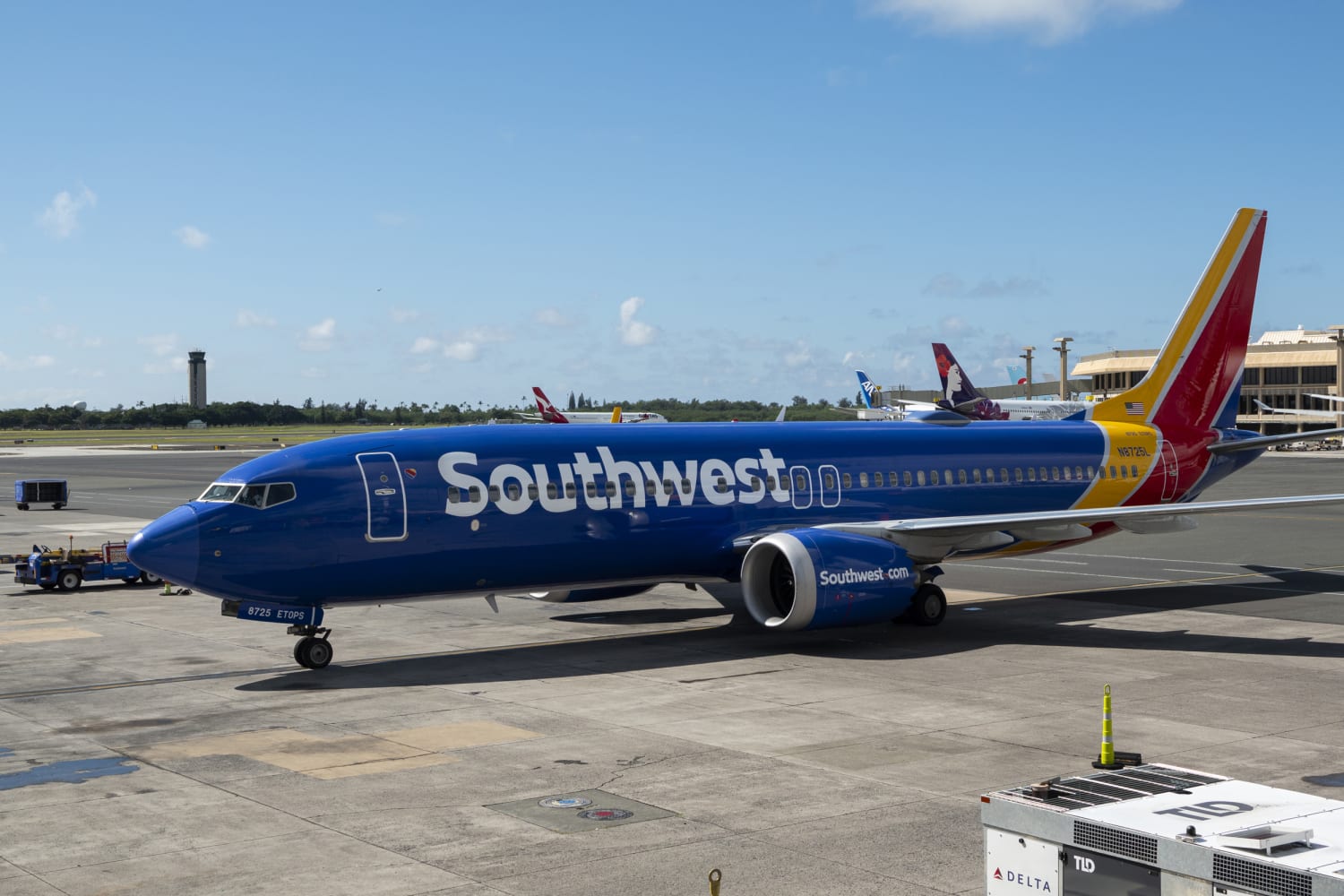A federal investigation is underway into how a Southwest Airlines passenger jet suffered substantial damage after experiencing a rare phenomenon known as a Dutch roll at almost 38,000 feet.
Flight N8825Q, a Boeing 737 Max carrying 175 passengers and six crew, was traveling from Phoenix to Oakland on May 25 when its tail began to yaw or wag left and right while the aircraft’s wings rocked side to side.
Dutch roll is the name given to this potentially dangerous lateral asymmetric movement, supposedly inspired by the movements of ice skaters.
The Federal Aviation Administration said in a statement Thursday that it was working with Boeing and the National Transportation Safety Board to investigate the cause of the fault.
Boeing declined to comment.
A preliminary report from the FAA said the aircraft “experienced a Dutch roll, regained control and post flight inspection revealed the damage to the standby PCU,” referring to the power-control unit.
The plane managed to land safely in Oakland and no injuries were reported.
Federal aviation regulations state that a Dutch roll that happens below the allowed speed “must be positively damped with controls free, and must be controllable with normal use of the primary controls without requiring exceptional pilot skill.”
In most cases an aircraft’s yaw dampener should correct the lateral movement.
Boeing is undergoing several investigations — including from the Justice Department — after a panel blew out on a 737 Max 9 plane in January. The blow-out prompted investigators, after receiving evidence from whistleblowers, to open probes into other Boeing planes including the 787 Dreamliner.
The company says it has invested heavily in safety practises, including using machine-learning algorithms to spot potential faults.
#FAA #investigating #Boeing #Max #Dutch #roll #incident,
#FAA #investigating #Boeing #Max #Dutch #roll #incident
